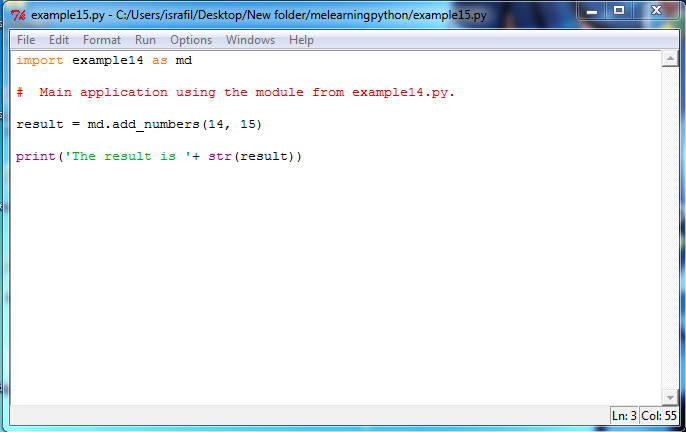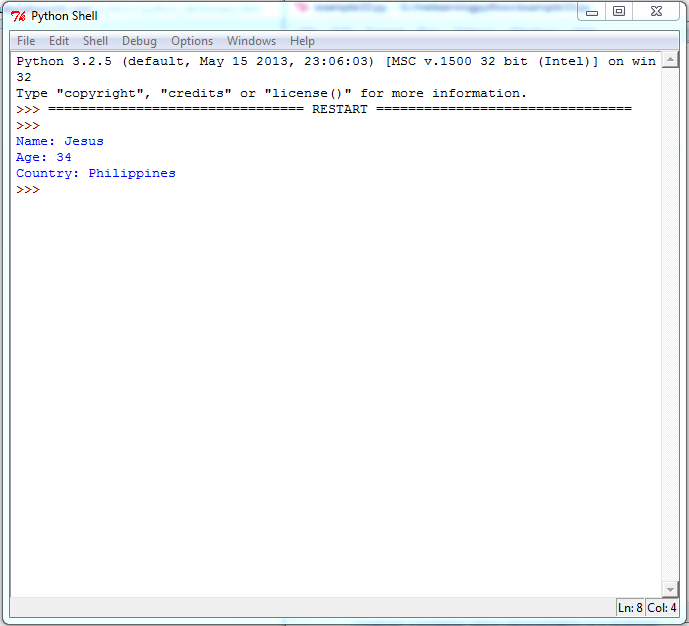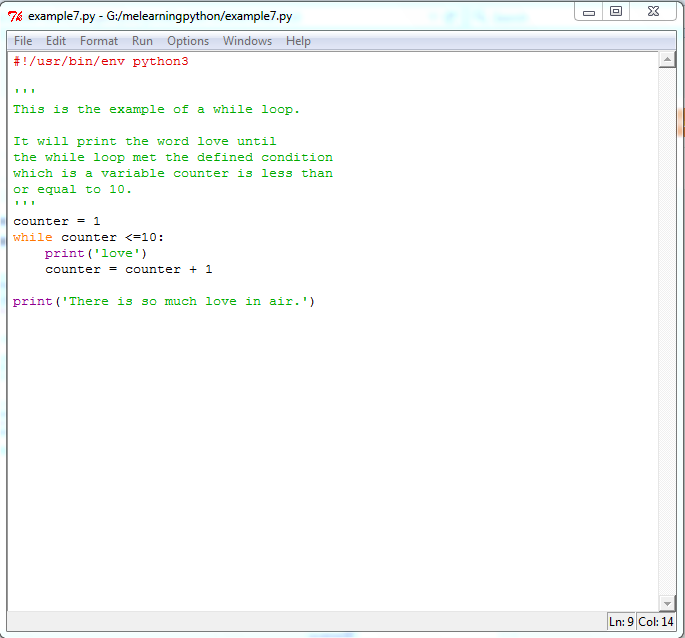Tkinter is a Python binding to Tk GUI (Graphical User Interface) toolkit. It is the most common choice for creating gui in Python but it is not the only toolkit available. Some of this are WxPython, PyQt4, PySide and many more. Due to the fact that Tkinter comes along with every packages of Python we don't need to install anything like those of other toolkits I have mention. And it is quite easy to use and to get comfortable with in my experience using it.
Source code:
1 2 3 4 5 6 7 8 9 10 11 12 13 14 | #!/usr/bin/env python3 # # samplewindow.py # Author: Jesus Vedasto Olazo """ An example of creating a simple window using tkinter. """ from tkinter import Tk root = Tk() root.mainloop() |
Preview:

















